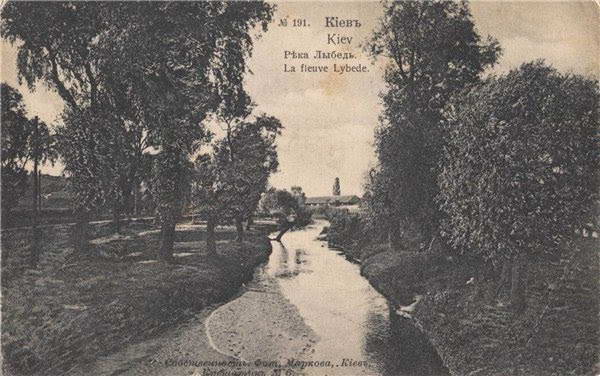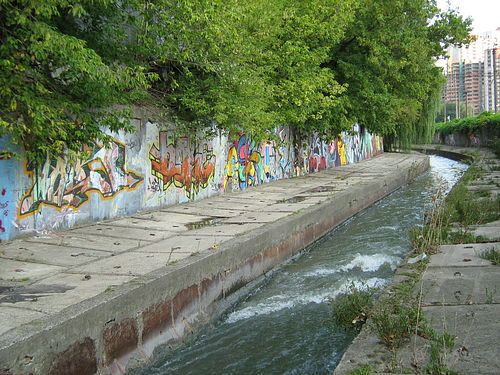The Lybid River is closely intertwined with the history of Kyiv. It has been celebrated in legends, tales, and chronicles. Lybid once flowed along the southern slopes of Kyiv and was the most beautiful river in this region. The first written mention of the river dates back to 968, in a story about the siege of Kyiv by the Pechenegs, the chronicler notes that "there was no water for the horses to drink at Lybid".

One of the famous legends of Kiev says: The Lybid River was formed from the tears of Lybid, the sister of the founders of Kyiv - Kyi, Shchek and Khoryv. Legend has it that the princess was too fastidious when choosing her future husband: she ridiculed suitors who tried to court her and chased them away. But later, when the suitors stopped coming, she grew sad. For the capricious princess, a house was built on the hill, and she spent her remaining years there in solitude, shedding tears. The mountain where her house stood was called Divych Hora, and the river that was formed from her tears was called Lybid.
JOIN US ON TELEGRAM
Follow our coverage of the war on the @Kyivpost_official.
The Lybid River is perhaps the most well-known of the small local rivers, as it flowed near the central hills of Kyiv - the Zamkova, Shchekavytsia and Khorevytsia hills, and its tributaries meandered through the entire city. After Kyiv was founded, Lybid became a natural defensive barrier, so many separate settlements appeared on its banks over time. Small lakes, gentle and marshy banks of the river, teeming with fish, were highly attractive to people, as evidenced by archaeological findings. The flow of Lybid powered numerous water mills, mainly owned by monasteries.
In the days of Kyivan Rus, the Lybid was full of water and even navigable. It is known that in the 1850s, there were plans to dig a canal between Lybid and the Dnipro, with the aim of transforming Kyiv into something akin to Amsterdam. Later, there were plans to establish passenger and trade connections with the Dnipro from here, but the projects were not implemented due to the wars and the revolution.
Gradually, the Lybid began to get polluted due to the rapid urban development of Kyiv. Railways, a number of overpasses and pedestrian bridges were built over the river, and large amounts of sewage were discharged into the river, spreading various diseases throughout the city. Subsequently, due to the outbreak of cholera and the marshy areas of the Lybid, which became breeding grounds for malaria, a sewerage system was put into operation, and in some places, river bridges were built for the convenience of "citizens and enterprises".
Unfortunately, the metropolis has almost completely absorbed the legendary river. By 1980, Lybid was enclosed in a concrete box, and yet in some areas you can still see it flowing along the concrete banks. Currently, the water in the river is of very low quality, turbid, and polluted with garbage. The once-important waterway of the capital of Ukraine has now turned into a dirty stream, and not all Kyiv residents are familiar with the history of this legendary river.

Today, parts of the Lybid riverbed in the capital can be seen in the Solomianskyi district, near Vadym Hetman and Ushynsky streets, as well as near Lysa Hora and the Lybidska metro station.
You can also highlight the text and press Ctrl + Enter



